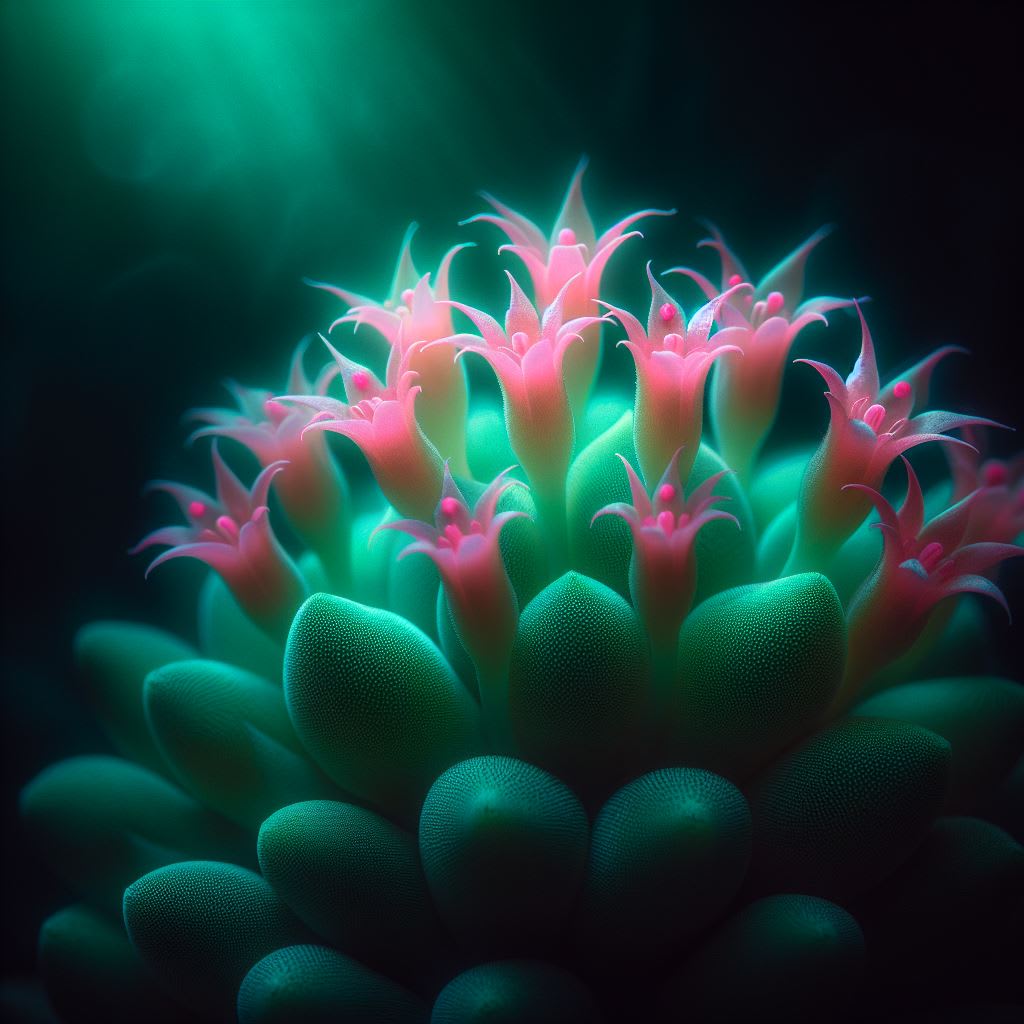Rediscovery of 'Fairy' Organism Stuns Scientists | Thismia kobensis
Extinct No More: Thismia kobensis Found After 30 Years

Scientists rediscover Thismia kobensis, a plant species presumed extinct for three decades.
Genus Thismia is known as fairy lanterns due to its unique appearance, elusiveness, and ability to survive without photosynthesis.
Original discovery in Kobe City, Japan, in 1992, deemed extinct after habitat destruction by an industrial complex.
Surprise in Sanda City: A New Habitat
Rediscovery of Thismia kobensis in Sanda City, approximately 19 miles (30 kilometers) from its original habitat.
Now the northernmost known fairy lantern species in Asia.
Notable Characteristics of Thismia kobensis
Updated description highlights distinguishing features: short and wide ring, and short hairs on its stigma.
Rediscovered species provides valuable insights into the broader understanding of fairy lanterns.
Insights into Thismia americana and Biogeography
Rediscovered location offers potential insights into Thismia americana, previously believed to be related to species in Australia and New Zealand.
Thismia americana, the only North American fairy lantern species, discovered in Chicago over 100 years ago but now considered extinct.
Reevaluation of Relationships: Thismia kobensis vs. Thismia rodwayi
Thismia rodwayi, found in Australia and New Zealand, was previously considered the closest relative to Thismia americana.
New findings suggest Thismia kobensis is the closest relative.
Mysteries in Biogeography
Presence of tropical genus Thismia in temperate North America remains a mystery.
Thismia kobensis redefines the understanding of relationships among fairy lantern species.
Conservation Measures for Thismia kobensis
Research emphasizes conservation measures to protect the rediscovered species.
Avoiding invasive species and planting native plants can create a safe haven for endangered plants.
More queries
Is this really a fairy, or just a fancy bug?
Not quite a fairy, but definitely fantastical! It's a tiny insect called a "thorny devil firefly," and despite its name, it's actually related to beetles.
How does it light up like a disco ball?
It's all thanks to bioluminescence! Organs in its abdomen produce chemicals that react with oxygen, creating that eerie glow.
Did it hide under a magic rock to avoid extinction?
Nope, no magic necessary! Scientists suspect small, isolated populations managed to hang on in remote rainforest patches.
What's the fungus connection all about?
It's a bit of a frenemy situation. The fungus provides the firefly with food and shelter, but the fungus also absorbs some of its light for its own benefit.
Are we going to see glowing burgers in the future?
Probably not. While this discovery is exciting for understanding bioluminescence, using it for food is a long shot.
How can we help protect this glowing wonder?
Supporting rainforest conservation efforts and understanding its specific habitat needs are crucial to keeping this little light shining.
Where and how was the "fairy" organism rediscovered?
The specific location of the rediscovery is likely still under wraps to protect the organism and its habitat. However, details about the type of environment and any specific methods used for rediscovering it (e.g., surveys, specific plant communities) would be intriguing for readers.
What makes this organism so unique, especially its light-emitting ability?
Explain how it emits light, whether through bioluminescence or other mechanisms. Explore the potential purpose of its light emission (attracting pollinators, repelling predators, etc.). Are there any other known organisms with similar abilities?
Was the organism truly extinct all this time, or were there simply undetected populations?
Discuss the previous evidence suggesting extinction and the factors that might have contributed to its elusiveness. Explore the possibility of other undiscovered populations, especially in similar habitats.
What does this rediscovery mean for the future of this organism and its conservation?
Highlight the importance of understanding the organism's biology and ecological role. Discuss potential threats and conservation efforts needed to protect it from future extinction.
Could this discovery have broader implications for our understanding of biodiversity and extinction?
Explore how this rediscovery challenges our assumptions about extinction and the potential for hidden species. Discuss its potential to inform conservation strategies for other endangered species.
About the Creator
Yusuf Alam
Crafting Words into Amazing Stories | Freelance Copywriter | Turning Ideas into Impact






Comments
There are no comments for this story
Be the first to respond and start the conversation.